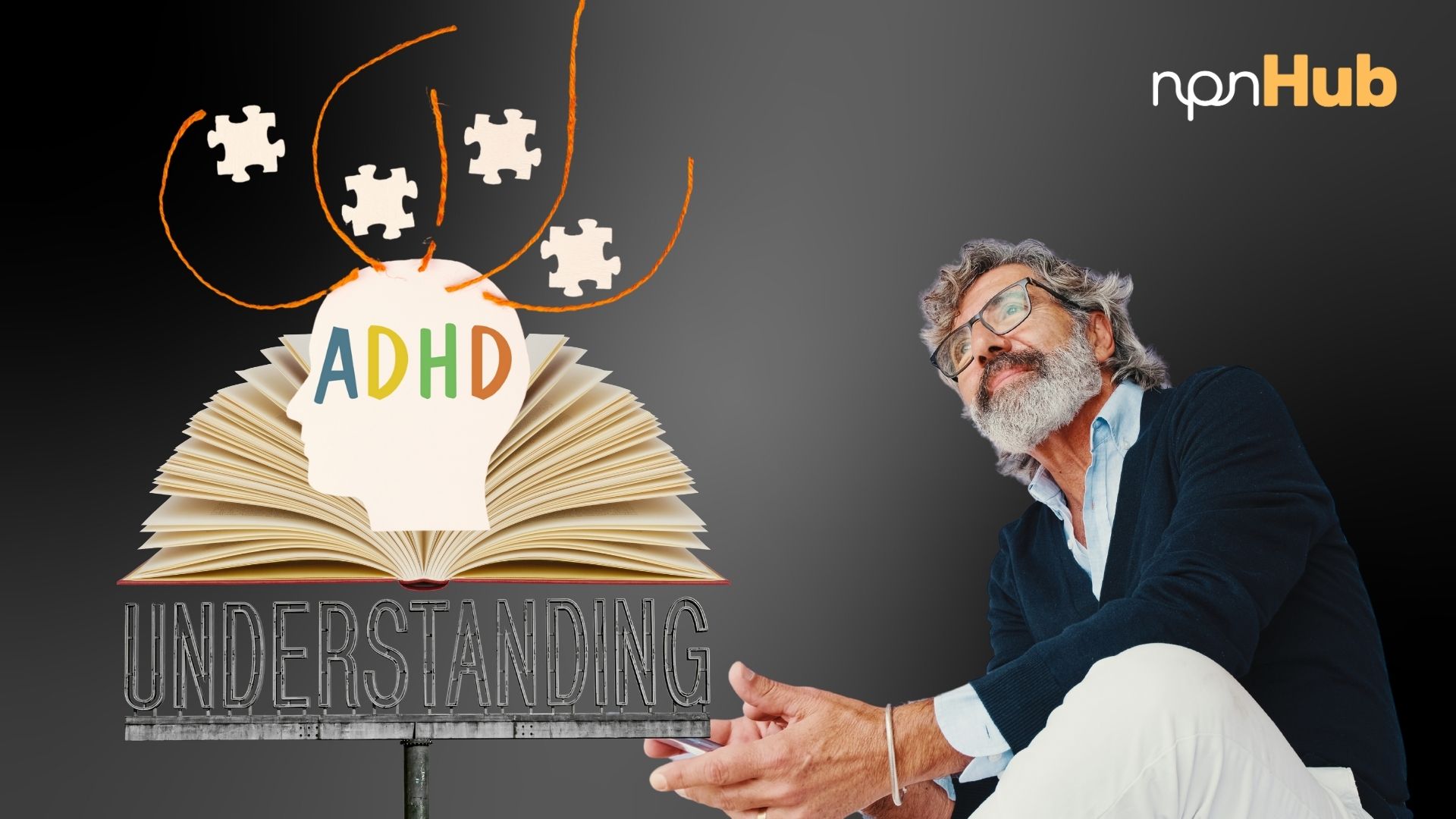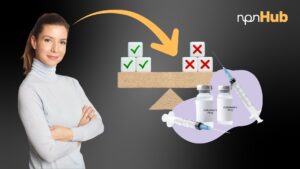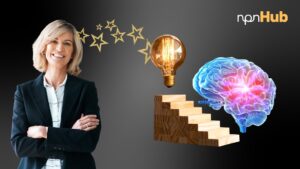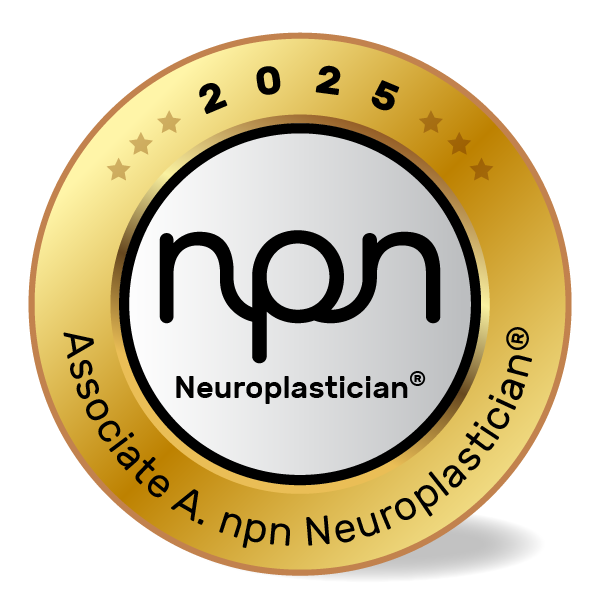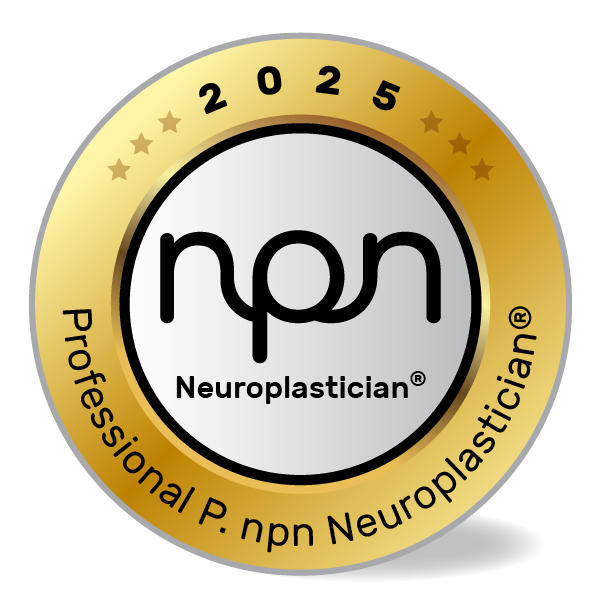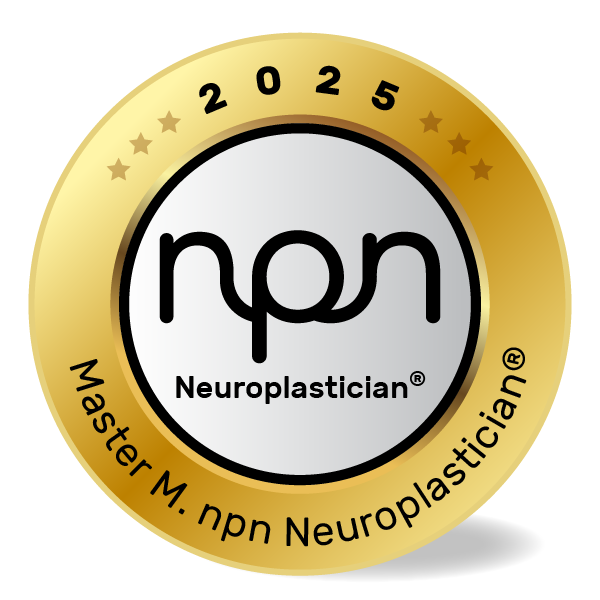Rewiring Perception: How ADHD Reflects Adaptive Brain Function, Not Deficit
npnHub Editorial Member: Greg Pitcher curated this blog
Key Points
- ADHD is a neurodevelopmental variation affecting attention, impulse control, and executive functioning.
- It reflects differences in dopamine regulation and prefrontal cortex activity – not deficiencies.
- Understanding ADHD through a neurodiversity lens reduces stigma and fosters effective, strengths-based strategies.
- Brain imaging and longitudinal studies reveal how ADHD brains develop and adapt differently over time.
- Practitioners can improve outcomes using neuroscience-informed, personalized interventions grounded in neuroplasticity.
1. What is ADHD?
Imagine a classroom where a student jumps from one idea to the next, sketching wildly imaginative solutions in a group project, yet forgetting their homework regularly. An educator, puzzled at first, soon recognizes this is not a matter of laziness or defiance – it’s a different cognitive rhythm at play.
This is an illustrative scenario, not scientific data. But it’s one that resonates with countless coaches, educators, and well-being professionals working with ADHD clients.
ADHD, or Attention Deficit Hyperactivity Disorder, is often misunderstood. Rather than being a flaw in attention, it reflects a difference in attention regulation and impulse control. This difference is deeply tied to the brain’s reward and executive systems.
Renowned neuroscientist Dr. Russell Barkley has emphasized that ADHD is primarily an executive function disorder, rooted in the prefrontal cortex and dopamine circuits (source: Russell Barkley on ADHD). It’s not a moral failure – it’s a neurobiological variation. Harvard studies on ADHD neuroimaging confirm that developmental delays in certain brain areas are paired with accelerated growth in others, creating a unique cognitive profile.
2. The Neuroscience of ADHD
During a one-on-one session, a coach observed a young entrepreneur with ADHD leap enthusiastically between ideas, unable to stick to a structured plan. Instead of trying to force focus, the coach leaned into their creative flow – using visual mapping and voice memos to match their natural rhythm. The results? Improved consistency and motivation.
This story is illustrative, not clinical, but it captures the adaptive nature of ADHD brains.
ADHD involves altered connectivity between the prefrontal cortex (responsible for decision-making and impulse control), the basal ganglia (involved in habit formation and motivation), and the default mode network (related to mind-wandering and self-referential thought). These differences are linked to dopamine regulation – particularly in the mesolimbic pathway, which governs reward anticipation and pleasure.
As noted by a study in Nature Neuroscience, individuals with ADHD show delayed cortical maturation but retain high levels of creativity and divergent thinking (Shaw et al., 2007). Importantly, these brains are not broken – they’re wired for a different tempo of processing.
This pattern also explains why ADHD can coexist with brilliance in design, entrepreneurship, and strategic thinking, especially in environments that value rapid ideation and non-linear problem-solving.
3. What Neuroscience Practitioners, Neuroplasticians, and Well-being Professionals Should Know About ADHD
In a coaching workshop, a practitioner noticed how one client with ADHD thrived in brainstorming but struggled with task completion. The solution wasn’t stricter discipline – it was brain-aligned strategy: micro-deadlines, novelty-based rewards, and flexibility in structure.
Again, this is an illustrative story to ground the practice.
Understanding ADHD requires shifting from a deficit lens to a neurodivergent strength framework. Practitioners must address common misconceptions:
- “ADHD is just an excuse for poor behavior.”
- “People with ADHD can focus if they really try.”
- “It only affects kids.”
Research from the Yale Child Study Center debunks these myths, showing that ADHD affects individuals across the lifespan and involves complex brain-environment interactions (source: Yale Child Study Center).
Frequently asked questions practitioners face include:
- How do I help ADHD clients with follow-through without overwhelming them?
- Can ADHD traits be strengths in certain contexts?
- How do I balance behavioral strategies with brain-based understanding?
By embracing ADHD as a form of neurodiversity, practitioners can offer strategies that empower rather than suppress.
4. How ADHD Affects Neuroplasticity
ADHD doesn’t reflect a static difference – it’s dynamically shaped by neuroplastic processes. The brain’s ability to reorganize in response to behavior and environment plays a critical role in both challenges and growth for individuals with ADHD.
Repeated exposure to high-reward, high-novelty environments strengthens dopaminergic circuits, while structured routines can help shape the prefrontal cortex’s executive control networks. Studies by Dr. Nora Volkow at the National Institute on Drug Abuse illustrate how dopamine transporter density and receptor activity differ in ADHD, impacting reward processing and plasticity potential (Source).
Over time, tailored behavioral strategies can either reinforce impulsivity or rewire systems for planning and regulation. The key is intentional repetition: structured support that meets the ADHD brain where it is – without shame.
5. Neuroscience-Backed Interventions to Improve ADHD Support
Why Behavioral Interventions Matter
Many ADHD clients struggle not because they lack intelligence or motivation, but because their environments aren’t designed to accommodate their neurobiology. Practitioners need personalized, science-backed tools to unlock their full potential.
1. Novelty-Driven Goal Structuring
Concept: ADHD brains thrive on novelty due to dopamine system sensitivity (Volkow et al., 2009).
Example: A coach helping a tech worker breaks weekly goals into “challenge quests,” gamifying progress.
✅ Intervention:
- Use time-limited goals with novelty-based themes.
- Provide variable rewards (not just end-of-task).
- Rotate formats – audio, visual, kinesthetic – to maintain engagement.
2. Body-Based Regulation Tools
Concept: Movement enhances executive function and working memory via cerebellar-thalamic-prefrontal circuits (Ratey, 2008).
Example: An educator encourages brief aerobic movement breaks before math activities.
✅ Intervention:
- Introduce 2–5-minute movement “bursts” between sessions.
- Use fidget tools or standing desks without stigma.
- Combine cognitive tasks with physical gestures or rhythms.
3. Externalization of Executive Function
Concept: Visual tools support planning and sequencing in brains with weak working memory circuits.
Example: A therapist guides clients to build “thinking boards” with sticky notes and color-coded steps.
✅ Intervention:
- Use whiteboards or apps to externalize steps and priorities.
- Break goals into “next smallest action.”
- Make plans visible and adjustable in real time.
6. Key Takeaways
ADHD is not a behavioral failure – it is a brain-based difference in attention, motivation, and regulation. With the right strategies, individuals with ADHD can transform what once felt like chaos into creativity, drive, and direction.
Understanding ADHD through a neurodiversity lens empowers coaches, therapists, and educators to work with – not against – the brain’s wiring.
🔹 ADHD is a neurodevelopmental difference shaped by dopamine and prefrontal pathways.
🔹 Neuroplasticity enables targeted growth when interventions are tailored to brain-based needs.
🔹 Science-backed tools like novelty structuring, movement, and external planning support focus and motivation.
🔹 Embracing ADHD helps shift from frustration to flourishing.
7. References
- Barkley, R. A. (2012). Executive Functions: What They Are, How They Work, and Why They Evolved. Guilford Press. https://psycnet.apa.org/record/2012-15750-000
- Shaw, P., et al. (2007). Attention-deficit/hyperactivity disorder is characterized by a delay in cortical maturation. Proceedings of the National Academy of Sciences, 104(49), 19649–19654. https://doi.org/10.1073/pnas.0707741104
- Volkow, N. D., et al. (2009). Evaluating dopamine reward pathway in ADHD. JAMA, 302(10), 1084–1091.https://pubmed.ncbi.nlm.nih.gov/19738093/
- Ratey, J. J. (2008). Spark: The Revolutionary New Science of Exercise and the Brain. Little, Brown. https://psycnet.apa.org/record/2008-02933-000

